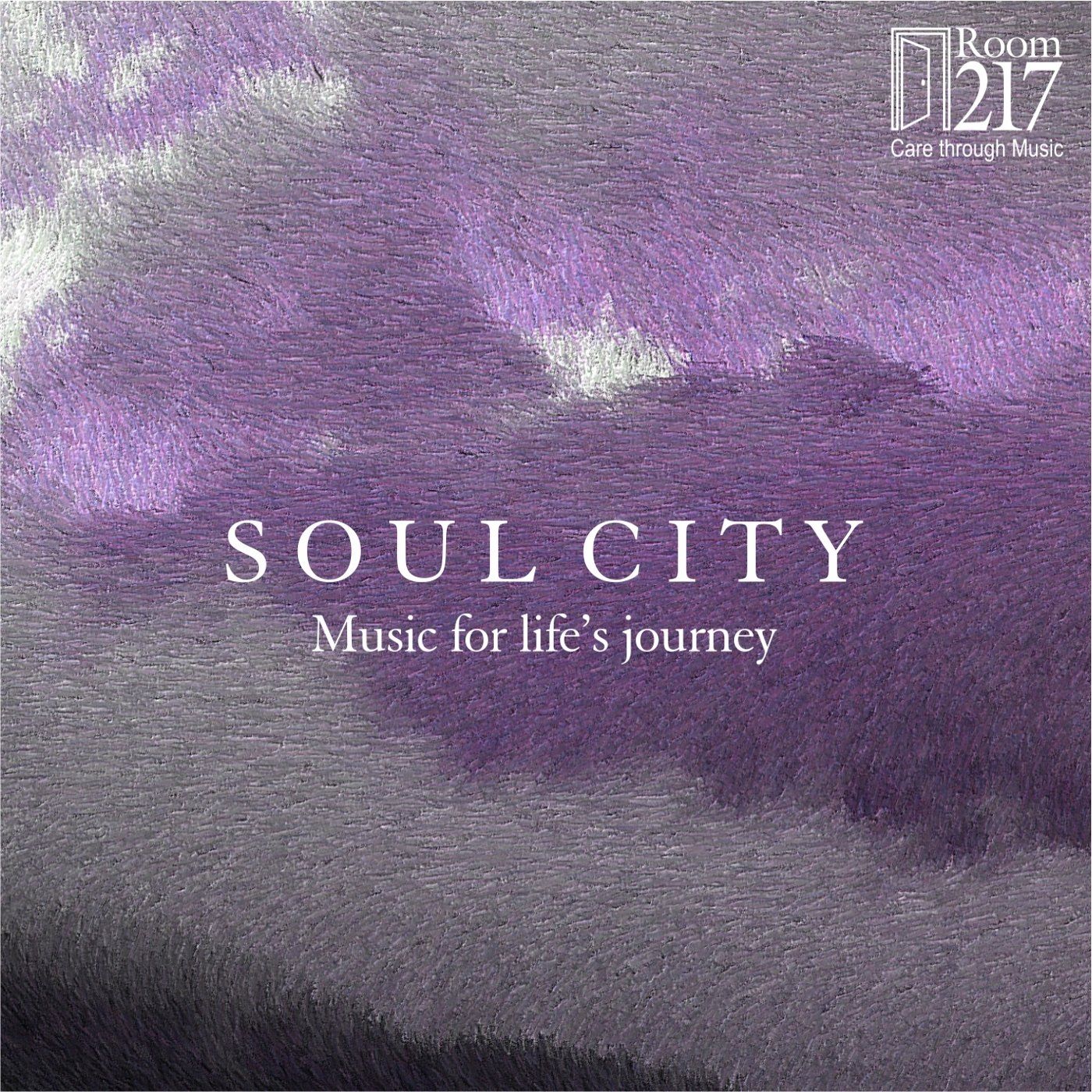Music and Synesthesia
Part 2 - Special Series on Music and the Brain For twenty years, one of my sons has played or sung notes he sees in color. On road trips, he sees highway signs like rainbows. Last year, he felt some relief as he learned in a psychology course about synesthesia and that he wasn’t weird after all. Other people saw the world this way too. Synesthesia is an involuntary joined sensation that some people are born with. Two or more of their senses are coupled i.e. a voice is heard but is also seen, felt or tasted. One in twenty-three people have some kind of synesthesia, the most common being that days of the week and months of the year are coloured. One in ninety people perceive letters, numbers or written symbols as coloured. Dr. Richard E. Cytowic, Professor of Neurology at George Washington University has studied synesthesia for more than thirty years. He has witnessed a paradigm shift in neuroscience during that time that has made his work in synesthesia more widely accepted. Thirty years ago, brain theory said that the brain was organized into modules that didn’t work together i.e. visual module, language module, hearing module. This theory made synesthesia impossible, even denied. Now neuroscientists know that the brain is massively cross connected and in a synesthete’s brain, there is an increased activity in the wiring. Cytowic is convinced that by understanding the perceptual condition of synesthesia, we’ll find the neurological basis for how the brain represents metaphor. He and other researchers are searching for the synesthesia gene, a gene they believe is for metaphor and creativity, a gene that hyper-connects disparate things. (For more on the podcast with Dr. Cytowic, go to http://www.loc.gov/podcasts/musicandthebrain/index.html One of the first things JR did last year was to type out the alphabet the way he saw it (see above). This was not without frustration, as he sees precise colors, hues of yellow or orange and the color palette he used wasn’t absolutely precise. But it was close enough to help me understand what goes on in his brain perceptually with letters and words. What has stood out to me over the years is his consistency in the patterns. He has always seen A as red whether he reads it on a treble clef staff or sees it on a road sign or book. I’ve never seen JR as weird, only fortunate – to be able to see the world in a unique way, open to creative possibilities that will enrich us all. Are there any other synesthetes out there?



Charitable Registration #85728 5092 RR0001 • Room 217 Foundation™
Box 145 Port Perry, ON, L9L 1A2 • 844.985.0217









